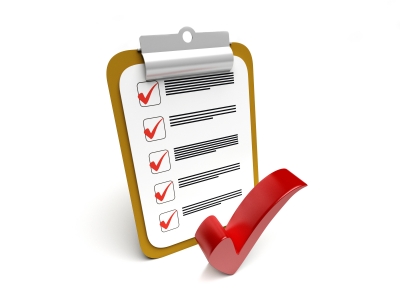 As I write this, there are lots of other things to do yet today. You see, I leave for a business trip tomorrow and I tend to stress out a bit about traveling – until I get through security at the airport, and then I’m just fine – relaxed even. Until that point, I’m a bundle of nerves wondering if I’ve packed everything I need to (this amuses my husband who likes to point out that I travel to places that have these things called stores. So, if I forget something I can get a replacement).
As I write this, there are lots of other things to do yet today. You see, I leave for a business trip tomorrow and I tend to stress out a bit about traveling – until I get through security at the airport, and then I’m just fine – relaxed even. Until that point, I’m a bundle of nerves wondering if I’ve packed everything I need to (this amuses my husband who likes to point out that I travel to places that have these things called stores. So, if I forget something I can get a replacement).
Anyway, when I sat down to write this I couldn’t come up with a topic, there was too much other stuff going on in my head. So, I wrote the Note for my newsletter, because sometimes as I write it a topic comes to mind (it worked last week). This week nothing came to mind but the list of other things I still want to do today – and it’s already 4pm.
Part of me said, “Forget it! Go get the other stuff done and come back to this later.” However, another part of me that’s a bit wiser said, “If you don’t write it now, you won’t do it before you leave. The remaining day will quickly fill with the other tasks and you’ll be trying to write it when you’re tired.”
My point here? Sometimes there are things on our to-do list that we want to do, but getting it done seems really difficult. Whether it’s writing something and the words just won’t come or starting a new project and you have no idea how to approach it – sometimes you just get stuck.
And yet, you want to write those words or start that project – despite the frustration. But HOW?!
This is what I did:
- Get quiet.
I set my timer for five minutes and sat quietly and thought about the task I wanted to do, asking for guidance.Many times, when I sit quietly and gently brush away the other thoughts that pop up, I’ll open up the mental space for a new idea or thought. It didn’t work this time – although I was enjoying the quiet so much I set my timer for another five minutes.
- What’s another way to get this task done?
Since my task was writing an article, I thought about how an article could be posted if I didn’t write it. I had two thoughts (1) re-post an old article or (2) have a guest writer. I liked option two better and lots of people who write blogs and are okay with people reposting them on their blog as long as they attribute it to the original author (usually there’s a specific paragraph to include with a link back to the author’s site).I poked around one of my favorite blogs, but didn’t find anything that made me go “this is it!”
- Set your timer for 10 minutes, turn off all distractions and only work on that task
I set the timer, minimized all the windows on my computer, turned off the sound on my phone and opened a document to write the article. Nothing else was open to distract me and writing, or staring at the blank page, was all I allowed myself to do.And suddenly I had a topic! Writing about what I did to get an article written when it seemed like it just wasn’t going to happen.
Sometimes waiting for “the right time” doesn’t work. In this case, there wasn’t going to be a better time – just a more frustrating time.
Ohh, and the quote that I shared on Facebook the day I wrote this:
You cannot wait for inspiration. You have to go after it with a club. – Jack London
How accidentally appropriate.
In the comments below share what you do when you want to get something done and are stuck.
Image courtesy of renjith krishnan at FreeDigitalPhotos.net









